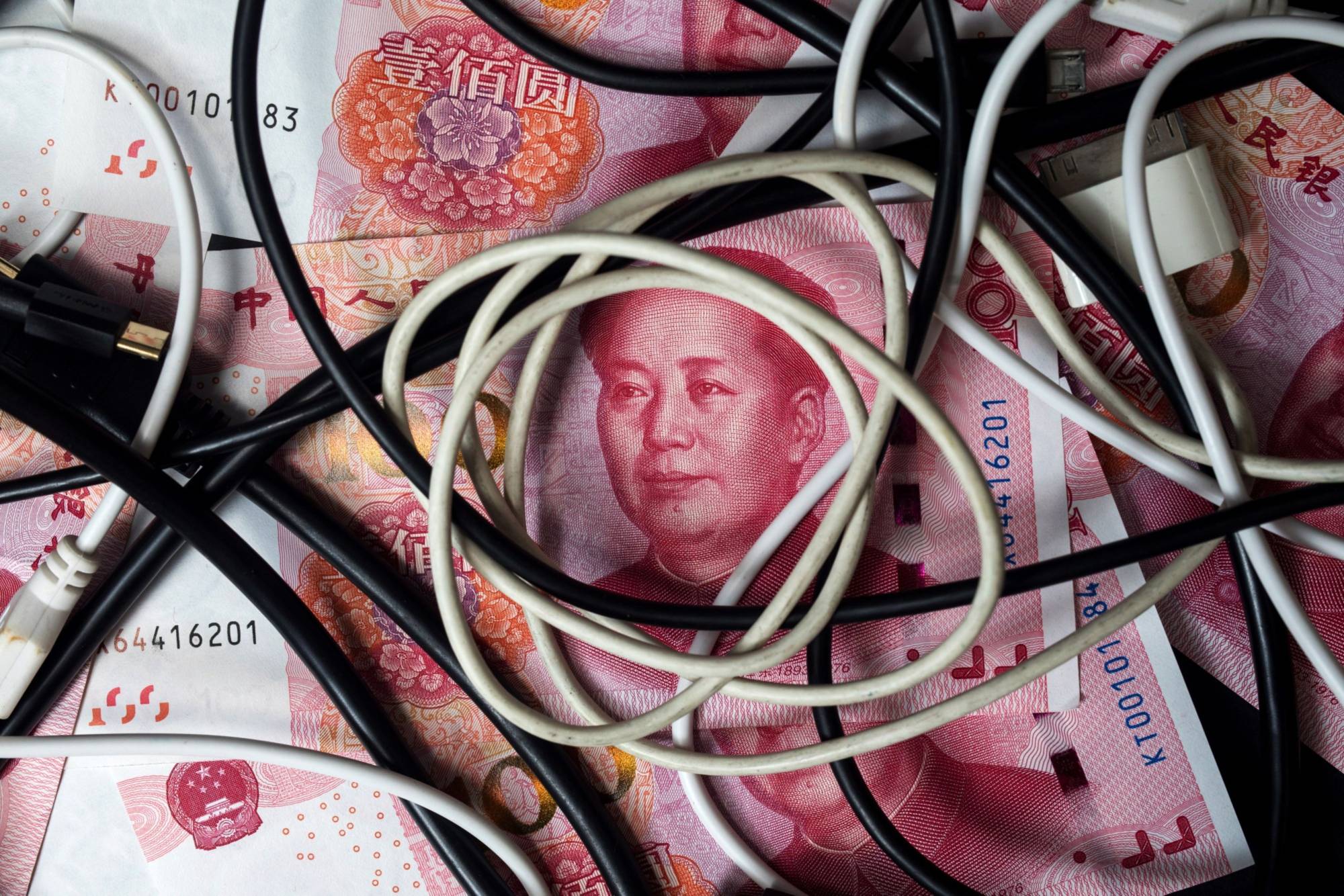A few years ago, China’s currency seemed to be rising inexorably to global dominance. The renminbi had become the fifth most important currency for international payments, and in 2016, the International Monetary Fund included it in the basket of major currencies that determines the value of Special Drawing Rights (the IMF’s global reserve asset).
Since then, however, the renminbi’s progress has stalled. Its share of international payments has fallen below 2 percent, and the share of global foreign exchange reserves held in renminbi-denominated assets seems to have plateaued at about 2 percent.
Earlier this year, China rolled out a central-bank digital currency, making it one of the first major economies to do so. Trials of the so-called Digital Currency/Electronic Payment (DCEP) have started in four cities, and the government recently announced plans to expand the tests to major metropolises such as Beijing and Tianjin, as well as Hong Kong and Macao. But the DCEP on its own will not be a game changer that elevates the renminbi’s role in international finance.



















With your current subscription plan you can comment on stories. However, before writing your first comment, please create a display name in the Profile section of your subscriber account page.